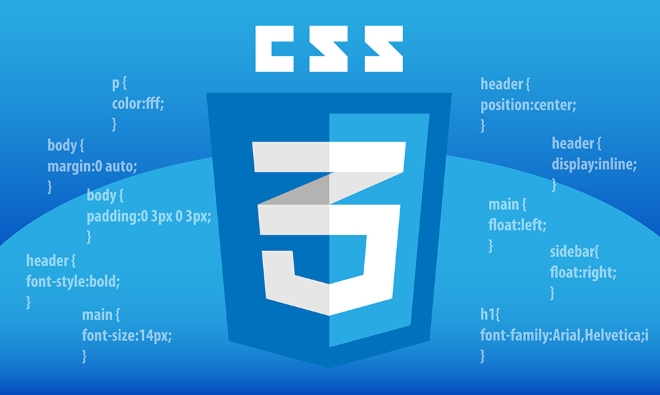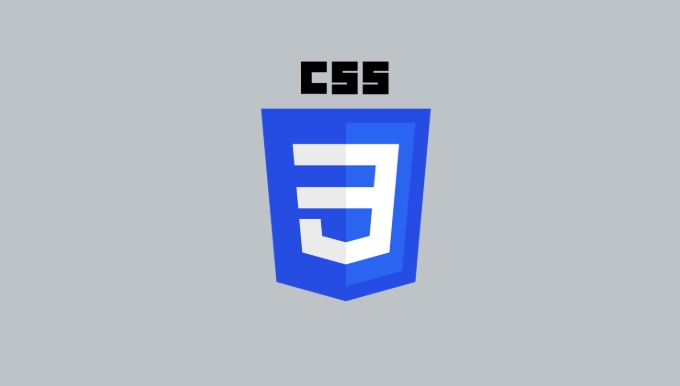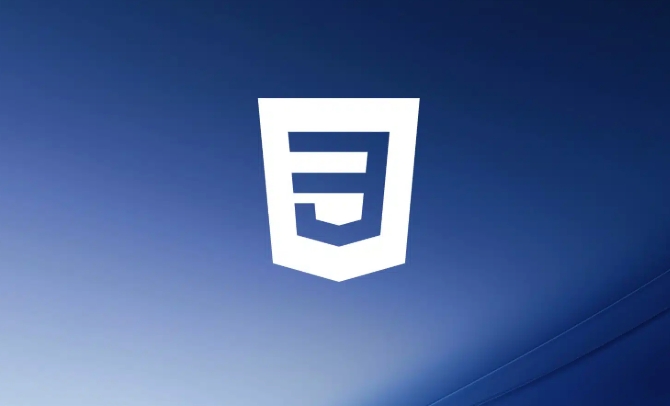To quickly achieve similar newspaper layout effects, you can use CSS multi-column layout, and the core is enabled through column-count and column-width. 1. column-count specifies the number of columns and automatically adjusts the width; 2. column-width sets the ideal column width and automatically adjusts the number of columns; 3. When using both at the same time, the browser will give priority to satisfying the width and then adjusts the number of columns. Further optimizations include: 4. column-gap sets the column spacing, default 1em; 5. column-rule adds split lines, supporting color, width, and style abbreviations. Cross-column content processing: 6. break-inside: avoid prevents the elements from breaking internally; 7. break-before and break-after control elements to change columns before and after. Note that some tags need to be wrapped in div to take effect, and it is better to try it a few times in responsive design.

CSS multi-column layout is actually not that difficult. If used properly, you can quickly achieve the effect similar to newspaper typesetting. It is not as versatile as Flexbox or Grid, but it is particularly useful in specific scenarios, such as article column display.

How to enable multi-column layout?
The core is the two properties of column-count and column-width . You can use only one of them, or you can use them together.

- column-count : Specifies how many columns you want to display, and the browser will automatically adjust the width of each column.
- column-width : Specifies the ideal width of each column, and the browser will automatically determine how many columns to display according to the container size.
For example:
.multi-column {
column-count: 3;
} This way the elements will be divided into three columns. If you write column-width: 200px; , if the container is wide, it may display four columns, and if it is a little narrower, it will become two columns.

Control column spacing and splitting lines
After dividing the columns, the default may seem a bit crowded, and you can add dot spacing and dividing lines.
- column-gap : Controls the spacing between columns, the default is 1em, and you can also set the pixel value yourself.
- column-rule : a border-like line used to separate columns. You can set color, width, and style in abbreviation.
for example:
.multi-column {
column-count: 3;
column-gap: 20px;
column-rule: 1px solid #ccc;
}This way, there is a 20px gap between the three columns and a thin gray line in the middle, which is visually clearer.
How to deal with cross-column content?
Sometimes you want a certain part of the content not to be disassembled into different columns, such as a title or image block. It can be controlled by break-inside attribute.
.no-break {
break-inside: avoid;
} This way the block will not be broken and displayed in different columns. Similarly, you can also use break-before or break-after to control whether to change columns before or after an element.
However, be aware that not all elements support these attributes, and some tags may need to be wrapped with a div to take effect.
Basically that's it. Although the multi-column layout has limited functions, it is simple to set up and is suitable for the layout of text-based content. It is not complicated but it is easy to ignore details, such as line break control and responsive changes. You can master it by trying it a few more times when actually using it.
The above is the detailed content of CSS tutorial on multi-column layout. For more information, please follow other related articles on the PHP Chinese website!

Hot AI Tools

Undress AI Tool
Undress images for free

Undresser.AI Undress
AI-powered app for creating realistic nude photos

AI Clothes Remover
Online AI tool for removing clothes from photos.

Clothoff.io
AI clothes remover

Video Face Swap
Swap faces in any video effortlessly with our completely free AI face swap tool!

Hot Article

Hot Tools

Notepad++7.3.1
Easy-to-use and free code editor

SublimeText3 Chinese version
Chinese version, very easy to use

Zend Studio 13.0.1
Powerful PHP integrated development environment

Dreamweaver CS6
Visual web development tools

SublimeText3 Mac version
God-level code editing software (SublimeText3)

Hot Topics
 How can I include CSS only on some pages?
Jun 11, 2025 am 12:01 AM
How can I include CSS only on some pages?
Jun 11, 2025 am 12:01 AM
There are three ways to selectively include CSS on a specific page: 1. Inline CSS, suitable for pages that are not frequently accessed or require unique styles; 2. Load external CSS files using JavaScript conditions, suitable for situations where flexibility is required; 3. Containment on the server side, suitable for scenarios using server-side languages. This approach can optimize website performance and maintainability, but requires balance of modularity and performance.
 Flexbox vs Grid: Understanding the Key Differences in CSS Layout
Jun 10, 2025 am 12:03 AM
Flexbox vs Grid: Understanding the Key Differences in CSS Layout
Jun 10, 2025 am 12:03 AM
Flexboxisidealforone-dimensionallayouts,whileGridsuitstwo-dimensional,complexlayouts.UseFlexboxforaligningitemsinasingleaxisandGridforprecisecontroloverrowsandcolumnsinintricatedesigns.
 Creating an Auto-Closing Notification With an HTML Popover
Jun 10, 2025 am 09:45 AM
Creating an Auto-Closing Notification With an HTML Popover
Jun 10, 2025 am 09:45 AM
The HTML popover attribute transforms elements into top-layer elements that can be opened and closed with a button or JavaScript. Popovers can be dismissed a number of ways, but there is no option to auto-close them. Preethi has a technique you can u
 What is 'render-blocking CSS'?
Jun 24, 2025 am 12:42 AM
What is 'render-blocking CSS'?
Jun 24, 2025 am 12:42 AM
CSS blocks page rendering because browsers view inline and external CSS as key resources by default, especially with imported stylesheets, header large amounts of inline CSS, and unoptimized media query styles. 1. Extract critical CSS and embed it into HTML; 2. Delay loading non-critical CSS through JavaScript; 3. Use media attributes to optimize loading such as print styles; 4. Compress and merge CSS to reduce requests. It is recommended to use tools to extract key CSS, combine rel="preload" asynchronous loading, and use media delayed loading reasonably to avoid excessive splitting and complex script control.
 How to use Lotties in Figma
Jun 14, 2025 am 10:17 AM
How to use Lotties in Figma
Jun 14, 2025 am 10:17 AM
In the following tutorial, I will show you how to create Lottie animations in Figma. We'll use two colorful designs to exmplify how you can animate in Figma, and then I'll show you how to go from Figma to Lottie animations. All you need is a free Fig
 Breaking Boundaries: Building a Tangram Puzzle With (S)CSS
Jun 13, 2025 am 11:33 AM
Breaking Boundaries: Building a Tangram Puzzle With (S)CSS
Jun 13, 2025 am 11:33 AM
We put it to the test and it turns out Sass can replace JavaScript, at least when it comes to low-level logic and puzzle behavior. With nothing but maps, mixins, functions, and a whole lot of math, we managed to bring our Tangram puzzle to life, no J
 External vs. Internal CSS: What's the Best Approach?
Jun 20, 2025 am 12:45 AM
External vs. Internal CSS: What's the Best Approach?
Jun 20, 2025 am 12:45 AM
ThebestapproachforCSSdependsontheproject'sspecificneeds.Forlargerprojects,externalCSSisbetterduetomaintainabilityandreusability;forsmallerprojectsorsingle-pageapplications,internalCSSmightbemoresuitable.It'scrucialtobalanceprojectsize,performanceneed
 Does my CSS must be on lower case?
Jun 19, 2025 am 12:29 AM
Does my CSS must be on lower case?
Jun 19, 2025 am 12:29 AM
No,CSSdoesnothavetobeinlowercase.However,usinglowercaseisrecommendedfor:1)Consistencyandreadability,2)Avoidingerrorsinrelatedtechnologies,3)Potentialperformancebenefits,and4)Improvedcollaborationwithinteams.






